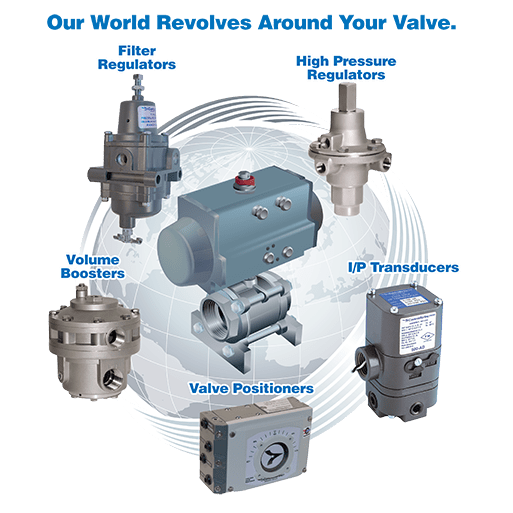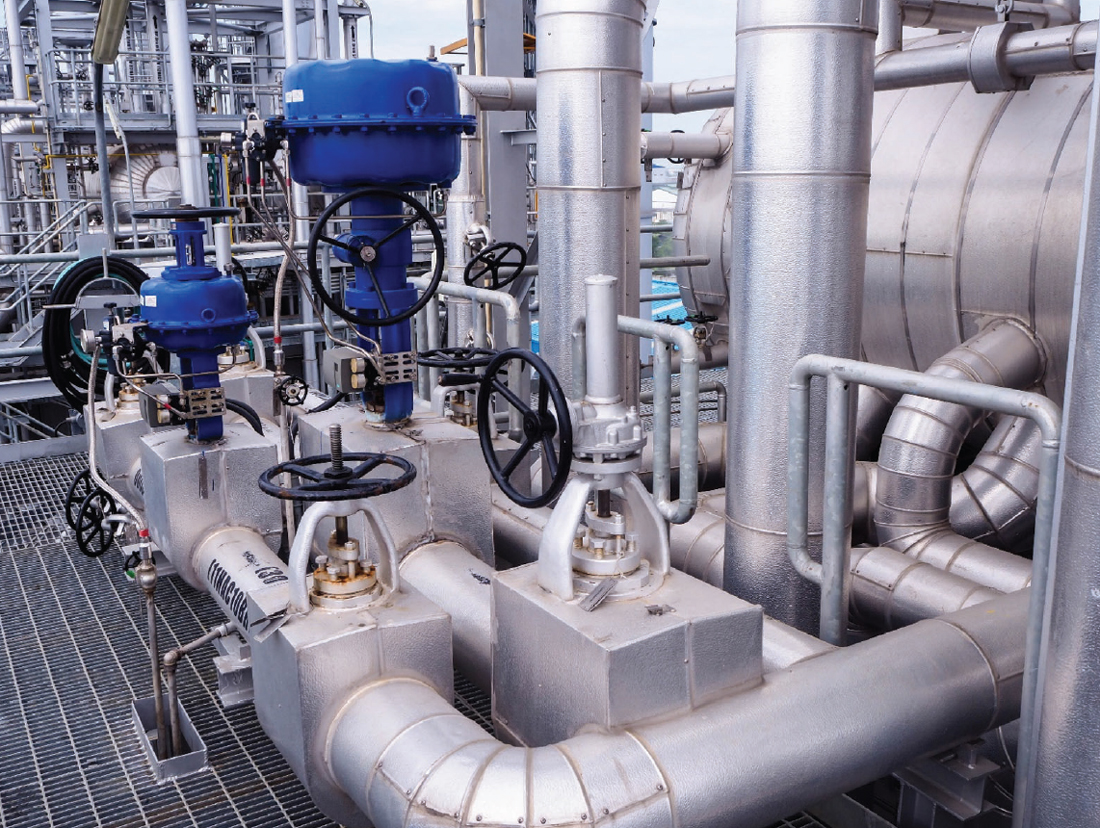Enhancing Operational Performance with Advanced Control Valves
Enhancing Operational Performance with Advanced Control Valves
Blog Article

Maximize Power Financial Savings and Convenience With Advanced Building Automation Controls
In the realm of modern-day architecture and center monitoring, the combination of innovative structure automation controls stands as a crucial development. By using the power of automation, structures can adapt, respond, and progress in means that were once unbelievable.
Energy Effectiveness Conveniences
Power performance advantages can dramatically lower power usage and operational expenses in structures. Energy-efficient systems, such as innovative building automation controls, can optimize the usage of sources like lights, air conditioning, and home heating, leading to lower energy expenditures over time.
Additionally, improved power performance can extend the life-span of structure equipment and systems. By running a lot more efficiently, a/c systems, light, and various other building parts experience much less wear and tear, causing minimized maintenance and replacement prices. In addition, energy-efficient structures usually regulate greater property values and rental prices, providing long-lasting financial advantages to proprietors.
Furthermore, power performance can boost resident convenience and performance. Properly managed indoor settings with optimal illumination and thermal problems develop an even more pleasurable and helpful workspace, causing improved worker satisfaction and performance. Generally, the power effectiveness benefits connected with sophisticated structure automation controls are complex, encompassing expense financial savings, ecological stewardship, and occupant well-being.
Improved Convenience Control
Enhancing convenience control in structure environments needs an advanced assimilation of advanced automation systems for ideal owner well-being. By using innovative structure automation controls, centers can customize the indoor atmosphere to fulfill the specific requirements and choices of residents. These systems allow exact guideline of lighting, ventilation, and temperature, developing a efficient and comfortable environment. Passenger contentment and productivity are closely connected to thermal convenience, making it important to have systems in position that can adapt to changing conditions in real-time.
Enhanced comfort control goes beyond basic temperature level modifications. It includes attributes such as tailored settings, tenancy sensors, and natural light usage to develop a dynamic and responsive setting. By integrating these innovative controls, buildings can not just improve convenience however likewise enhance power effectiveness by optimizing system operations based upon actual tenancy and usage patterns. Eventually, prioritizing passenger comfort with advanced automation systems causes a more delightful and healthier interior environment.
Operational Effectiveness Improvements

In addition, the application of real-time monitoring and analytics devices enables building drivers to identify power inefficiencies and functional anomalies without delay. By continuously checking energy use patterns and system efficiency metrics, adjustments can be made in real-time to maximize energy usage and ensure peak operational performance. control valves. Additionally, incorporating demand action strategies into building automation controls can additionally boost functional performance by dynamically adjusting energy usage based on grid conditions and prices signals
Indoor Climate Optimization
Efficient indoor climate see here now optimization is an essential element of structure automation controls, making sure owners' convenience and health while making best use of power financial savings. By utilizing advanced sensors and controls, building automation systems can continuously change and keep an eye on temperature level, moisture degrees, air high quality, and air flow to produce an optimum interior setting. Keeping comfortable and consistent problems not just boosts occupant fulfillment however likewise enhances productivity and general wellness.
Indoor climate optimization additionally plays an important duty in energy efficiency. By fine-tuning air conditioning, home heating, and air flow systems based on real-time data and occupancy patterns, developing automation controls can significantly reduce energy intake - control valves. Implementing methods such as demand-controlled ventilation and thermal zoning can aid reduce power waste while guaranteeing that each area of the structure receives the needed conditioning.

Sustainable Atmosphere Production
Structure automation regulates not just maximize interior environment conditions More hints for energy efficiency and occupant comfort yet additionally lay the structure for creating a sustainable environment via calculated monitoring of systems and sources. By integrating sophisticated building automation innovations, such as sensors, actuators, and smart software program, facilities can change and keep an eye on power use in real-time to lessen waste and minimize their carbon footprint. These systems enable anticipating upkeep, determining potential concerns before they escalate and maximizing equipment performance to enhance long life and performance.
Additionally, lasting setting creation extends past power management to encompass water conservation, waste decrease, and interior air high quality improvement. Building automation controls can regulate water usage, detect leakages, and ensure proper waste disposal practices, adding to general sustainability initiatives. Additionally, by keeping an eye on and regulating ventilation and purification systems, these innovations improve resident health and efficiency while decreasing power consumption associated with a/c procedures.
Final Thought
To conclude, progressed structure automation regulates offer substantial benefits in regards to energy cost savings, comfort control, operational efficiency, indoor climate optimization, and producing a lasting environment. By implementing these controls, structures can achieve ideal efficiency while lowering power intake and improving resident comfort. It is obvious that making use of advanced automation technology is important in improving structure efficiency and producing a much more lasting future.
Power effectiveness advantages can dramatically lower power intake and functional prices in structures. Overall, the energy performance benefits associated with advanced structure automation controls are multifaceted, incorporating cost savings, environmental stewardship, and resident wellness.
Furthermore, including demand reaction techniques into structure automation controls can better boost operational performance by dynamically changing energy use based on grid problems and rates signals.
Building automation controls not just maximize indoor environment problems for energy efficiency and occupant website link convenience however also lay the foundation for developing a lasting atmosphere with calculated monitoring of resources and systems.In verdict, progressed structure automation regulates deal significant advantages in terms of energy savings, convenience control, functional effectiveness, indoor environment optimization, and developing a lasting atmosphere.
Report this page